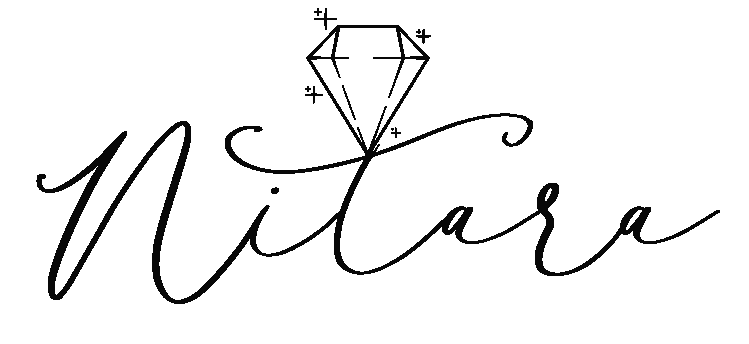For centuries, Polki jewellery was the hallmark of the Indian bride—heavy, opulent, and strictly traditional. Fast forward to today: the modern bride wants her wedding look to be personal, versatile, and, above all, reflect her contemporary style.
She’s not ditching the heritage pieces; she’s reinventing them. By moving beyond the full, matched set and embracing intentional styling, today’s brides are proving that Polki is not an antique relic, but a dynamic fashion statement that works just as beautifully with a minimalist gown as it does with a detailed lehenga.
Here’s how modern brides are giving India’s oldest diamond jewellery a fresh, new life.
1. The Death of the ‘Matched Set’
The biggest shift is the move away from wearing a full, coordinated necklace, earrings, maang tikka, and nose ring. Instead, brides are choosing one or two dominant Polki pieces and letting them take centre stage.
- The Hero Choker: Brides are choosing one dramatic Polki choker or collar necklace and skipping the second, longer chain entirely. This leaves the neckline feeling clean and uncluttered, making the ornate choker the singular focal point.
- Solo Statement Earrings: For reception or Sangeet looks, the focus shifts to the ears. A pair of elaborate Polki Chandbalis or jumbo drops are worn with no necklace at all. This works perfectly with deep-cut or off-the-shoulder blouses, drawing all attention to the face.
- Layering with Fine Chains: When a softer look is desired, brides mix their heavy Polki necklace with delicate, fine diamond or gold chains. This juxtaposition of the raw, traditional Polki diamonds with refined, modern jewellery creates a high-low contrast that feels incredibly chic.
2. Colour Integration: Less is More
Traditional Polki sets often featured a riot of deep, vivid colours like red, emerald green, and deep blue, usually incorporated via Meenakari (enamel work) or gemstone drops. The modern bride has streamlined this palette.
- Focus on the Diamond: Many contemporary Polki pieces feature only the raw diamond and gold or incorporate just a hint of a single, muted colour, like a pale jade or a soft blush pink. This ensures the focus remains on the buttery glow of the uncut diamonds, not the colour accents.
- Monochromatic Styling: The Polki is now matched directly to the outfit. An emerald lehenga is paired with Polki sets featuring only emerald bead drops, skipping other colours. This monochromatic approach feels curated, polished, and contemporary.
3. Beyond the Bridal Outfit: Polki Versatility
The modern collector demands versatility, especially given the investment Polki represents. Brides are ensuring their wedding pieces can be worn long after the ceremony.
- The Post-Wedding Edit: Brides now break down their elaborate sets for future wear. The maang tikka might be repurposed as a brooch on a saree blouse. A short Polki choker can be worn with a crisp white shirt or a formal evening gown for a stunning east-meets-west look.
- The Polki Cocktail Ring: Moving away from heavy haath phools, many brides invest in one spectacular Polki cocktail ring for the right hand. This piece is easily integrated into a non-traditional wardrobe for parties or formal events for decades to come.
By selectively choosing and cleverly styling their jewels, modern brides have stripped Polki of its “old-world” stiffness. They have successfully repositioned it as a symbol of heritage that is fluid, personal, and utterly relevant to the contemporary woman.
INSPIRED TO REINVENT YOUR LOOK?
Discover how our latest Polki collection is designed for the modern bride—blending ancestral craft with lightweight, versatile designs perfect for your wedding and every occasion after!


